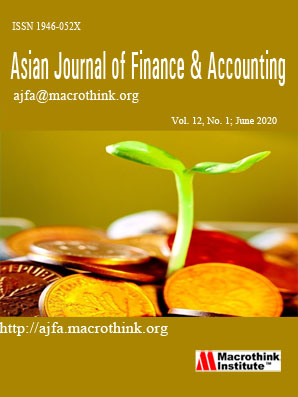A Comparison of ITM and OTM Protective-Puts and Covered-Calls
Abstract
The diverse uses of derivatives arise from the skewing effect that options strategies have on the returns distribution of portfolios. In particular, it is widely believed that the performance of pure-stock portfolios can be enhanced by incorporating different options strategies, the most popular strategies being protective-put buying and covered-call writing.
The present study considers these two popular options strategies, and applies them to a sample of fifty-five stocks listed in National Stock Exchange F&O segment, using corresponding stock options, in order to find out which of these strategies yields maximum returns, as compared to a pure-stock position. The study also compares the performance of in-the-money (ITM) and out-of-the-money (OTM) protective-put buying and covered-call writing.
The results of the study suggest that protective-put buying performs better overall than covered-call writing, and that the mean and standard deviation of the returns distribution of the underlying stock affected the optimal strategy: buying protective-puts was optimal for stocks for which the returns distribution had relatively higher mean values and lower standard deviations, while selling covered-calls was optimal for stocks for which the returns distribution had relatively lower mean values and higher standard deviations.
Submission of an article implies that the work described has not been published previously (except in the form of an abstract or as part of a published lecture or academic thesis), that it is not under consideration for publication elsewhere, that its publication is approved by all authors and tacitly or explicitly by the responsible authorities where the work was carried out, and that, if accepted, will not be published elsewhere in the same form, in English or in any other language, without the written consent of the Publisher. The Editors reserve the right to edit or otherwise alter all contributions, but authors will receive proofs for approval before publication.
Copyrights for articles published in MTI journals are retained by the authors, with first publication rights granted to the journal. The journal/publisher is not responsible for subsequent uses of the work. It is the author's responsibility to bring an infringement action if so desired by the author.








